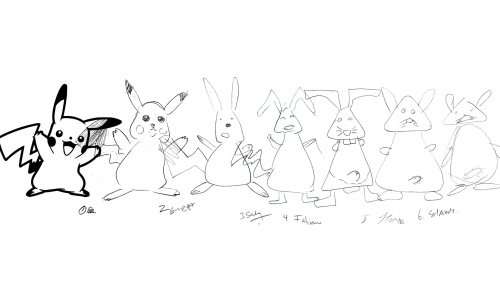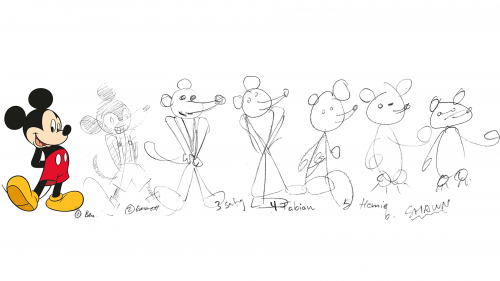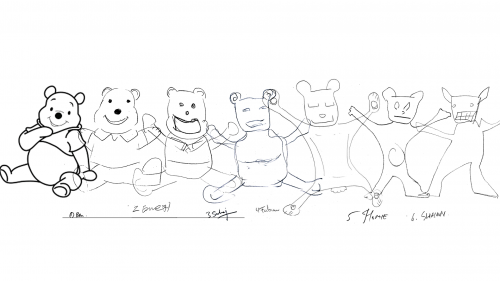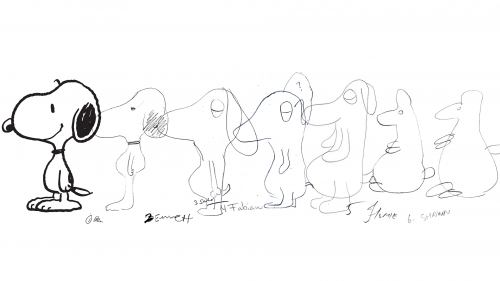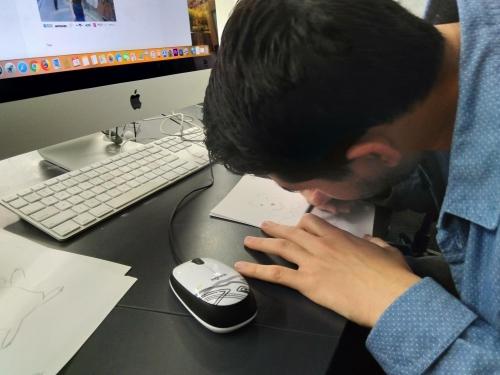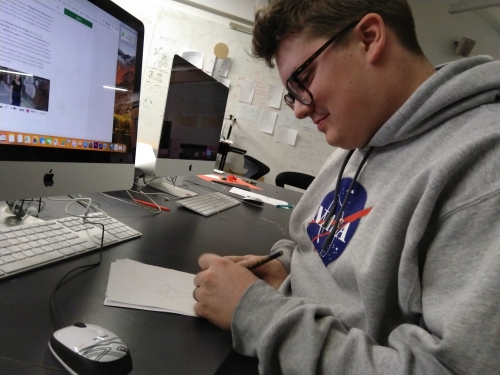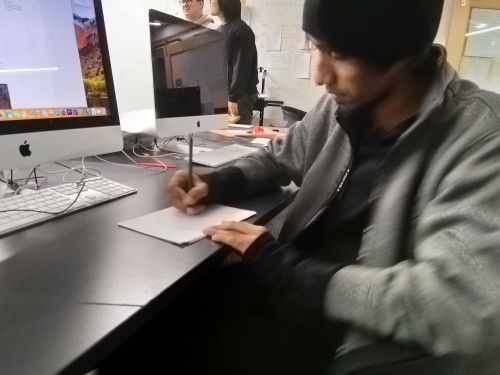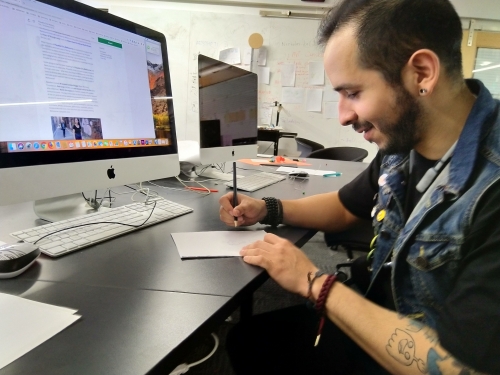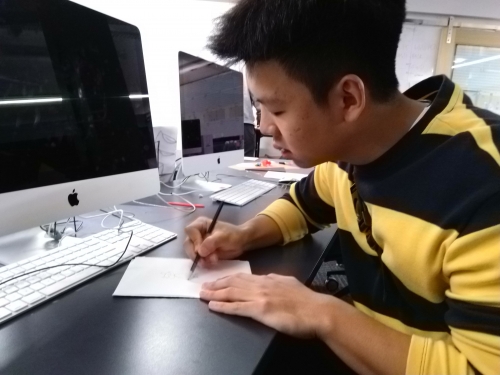Theme: Play & Audience
Context:
I was really intrigued by this idea of audience participation and going beyond just spectator and observer. I was interested in designing an experience where the audience is invited to be a part of the game and its design.
This led me down the path of the Surrealist technique 'Dessin Successif', otherwise known as "chain drawing" (Flanagan 2009): "In this game, each player studies the previous player’s drawing for five seconds, then redraws it from memory, with the point of the game being to see the metamorphoses from the first, middle, and last drawings in the chains as it passes through many hands." I thought it would be an interesting experiment to see what drawings come out of this process, and potentially use them to form an animation or game.
This technique also reminded me of the popular children's game, Chinese whispers, where I think a part of the enjoyment is expecting the message to be garbled along the way, and witnessing the cumulative error play out as a spectator makes it even funnier. The famous Hong Kong game show, the Super Trio Series, also incorporates a variation of this Chinese whispers game into their show, where long tongue-twisting phrases need to be passed down the line of players, with each error adding to the entertainment value for the live spectators and audience watching on TV.
Rather than passing on verbal messages, I wanted to tweak this game to focus on drawings instead. Turns out there are a couple of collaborative multiplayer online games that uses this concept - such as Broken Picture Telephone and Drawception - however, both alternates guesing between drawing and text phrases; while the experiment I'm proposing focuses just on the relaying of visual images.
Method:
Randomly find six people to participate in this drawing experiment. The first person is given five seconds to redraw a famous cartoon character. Each subsequent participant has five seconds to memorise the previous person's drawing, and one minute to re-draw it. They don't get to see the original drawings other than the drawing immediately before them. Drawings are compiled together into a 'guess who' game, where the drawings are played out in reverse, and the audience is invited to guess the character.
Response:
A big thank you to the following participants:
- Ben
- Emmett
- Sahaj
- Fabian
- Homie
- Shawn
The video above documents their drawings for five famous cartoon characters:
- Mickey Mouse
- Garfield
- Pikachu
- Snoopy
- Winnie the Pooh
Drawings were edited in Photoshop and compiled in Premiere Pro. As I was pushed for time again this week (and most of the class had left early), I decided to compile the "game" as a video rather than an interactive resource or live performance, where audience members watching can guess the character as it's progressively revealed through each drawing in reverse order. I've named the game Drawing Whispers.
Video Music Credits: Jigsaw Puzzle by The Green Orbs (YouTube Audio Library)
Reflection:
After creating this response in class today, I'm unsure if I have misinterpreted the meaning of audience here (and mixed it up with players of the game). However, upon reflection, I do think there were some interesting ways the audience was considered in the design of this experiment.
Firstly, I, the game designer, became the audience (spectator) as I was watching each participant draw their drawings, and noticing how "different" they looked to the original characters. As a spectator, I knew what the characters were, but the players didn't, and I couldn't give them any hints. Seeing the characters become horribly disfigured in a kind of snowball effect was hilarious, and I had such a good laugh. It was also really funny when participants decided to add their own "creative flair" to each drawing, adding things that never existed. Like in the Chinese whispers examples I showed in my context, it's the audience who gets the most enjoyment from seeing the breakdown of communication live, knowing full well what the original message was.
By using the drawings and making it into a 'guess who' game (rather than just playing them chronologically like a normal video), I'm hoping to use play to add another layer of engagement for the audience to explore the work fully (Costello 2009). The audience is invited to participate in guessing what the original cartoon characters were in the video. These drawings could've only been made through the participation of others; if I had done them myself, they would've lacked authenticity since I already knew the "answers". It was also interesting to see how after 2-3 iterations, the character becomes almost unrecognisable, with Pikachu becoming a rabbit, and Snoopy becoming a kangaroo. XD In a way, the people watching this video is also like the audience behind the TV watching a gameshow play out. They also get to experience the same emotions I went through as I watched each participant, especially the hilarity when comparing the original and final drawings.
As a future iteration, it would've been interesting to see this experiment play out on a stage with a live audience watching each participant drawing, and to capture their comments and reactions. Again, being pushed for time and also not having many students in class that could offer a lot of time to be my audience group meant I had to really simplify this idea down to its bare minimum. Overall, I found this week's response tricky to scope it within the class timeframe.
References:
Costello, V 2009, 'Play and the experience of interactive art', PhD thesis, University of NSW, Sydney.
Flanagan, M 2009, Ciritical Play: Radical Game Design, MIT Press, Cambridge.
About This Work
By Helen Kwok
Email Helen Kwok
Published On: 19/09/2019


